
 |
|
#1
|
|||
|
|||
|
I picked up a 75 20' open fisherman last week. The boat is in running condition as is, so I will use it this summer and start the restore first day of winter 2015-2016. I am starting to budget and plan, and had a few questions. I have read numerous rebuilds and threads concerning the things that need to happen. My plan is to remove floor and transom, add bracket with full transom, raised floor, and coring the hull sides for three piece appearance.
My first question is, which resins/fiberglass are recommended. I figured West Systems would be first choice, but wanted to ask. My second question is, does anyone have a ballpark quantity that's needed to do this type of restore for each material. I would like to gather all (most) of the materials before starting. Obvioulsy, there will be things to pick up along the way, but if I can start stacking some of this stuff now, it'll help once I get started next year! Thanks to everyone in advance for all your help and advice. I am really looking forward to getting this thing torn down and rebuilt!! Enjoy a few pics so far from pickup to initial cleaning..... 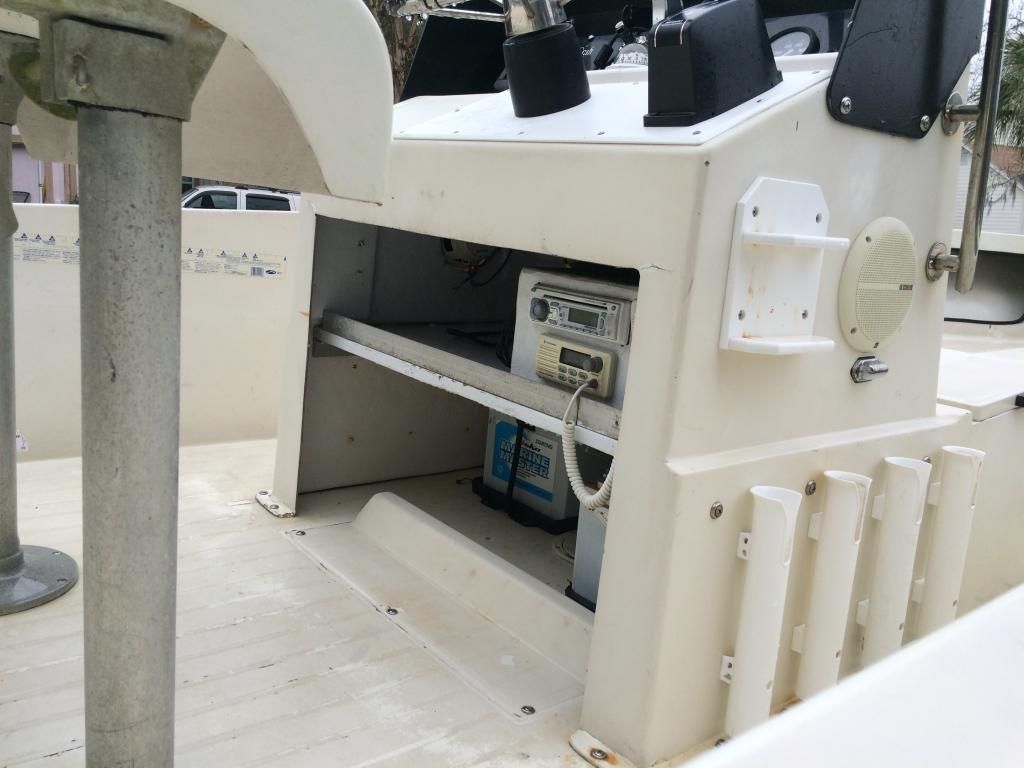 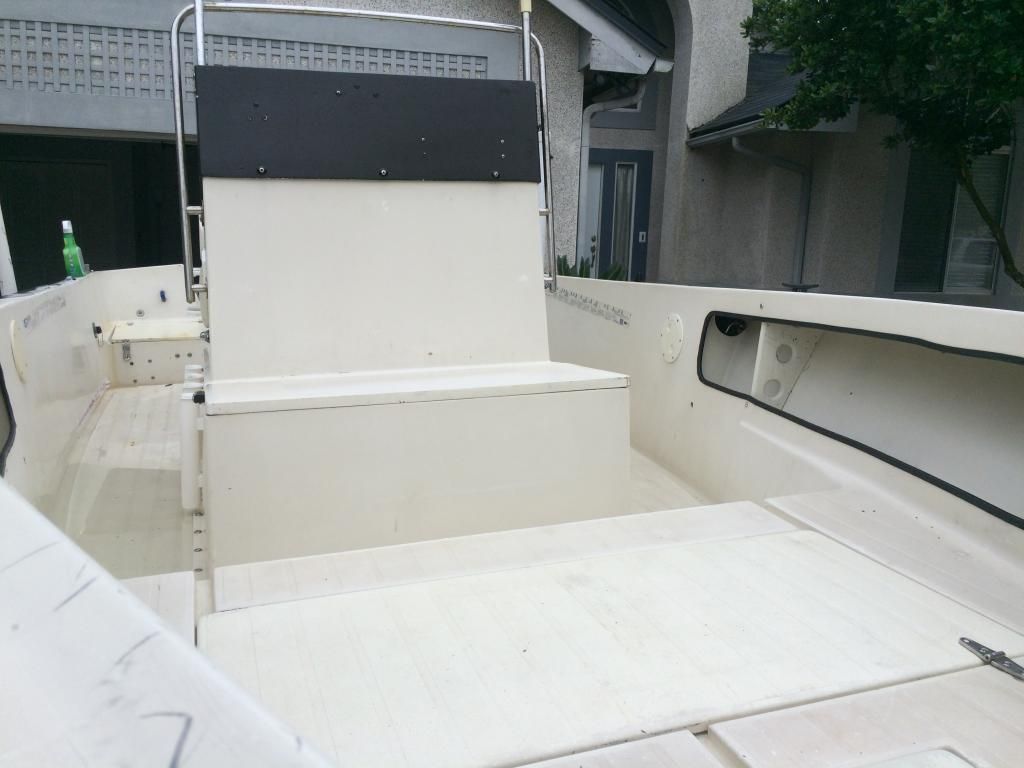 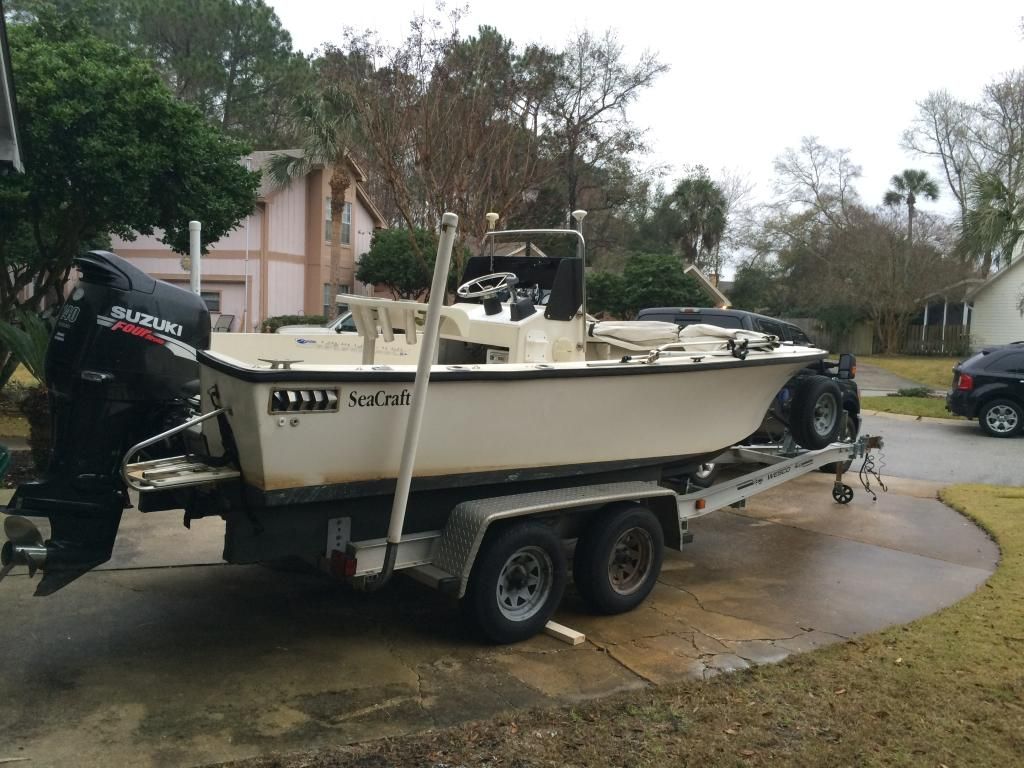  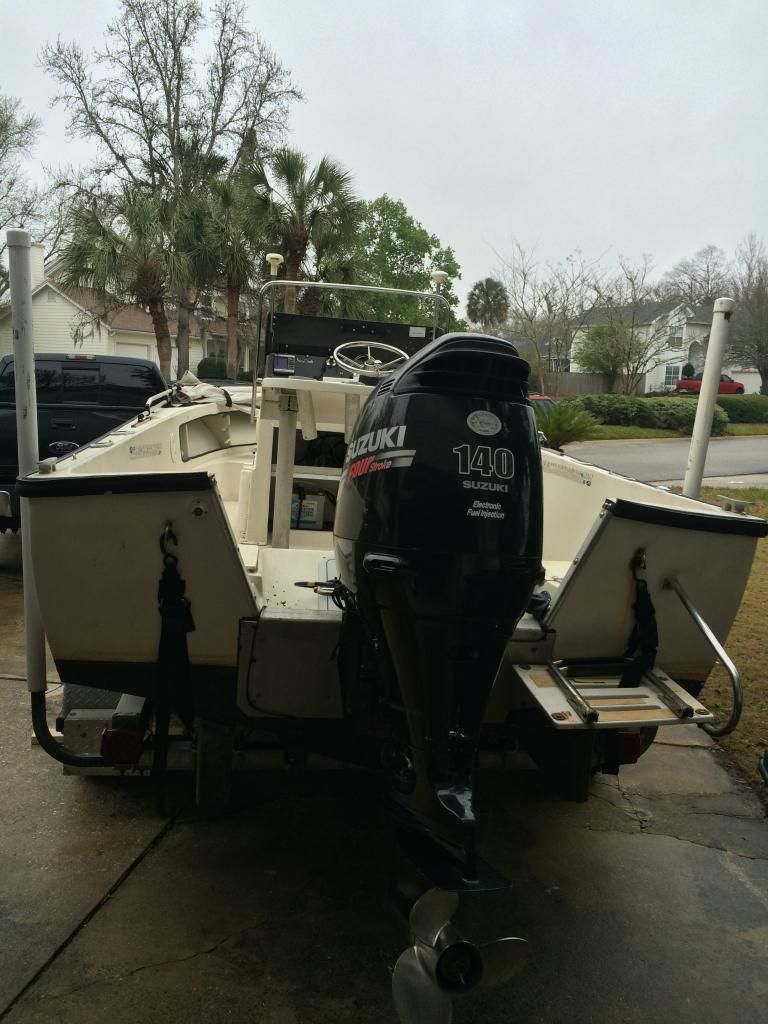 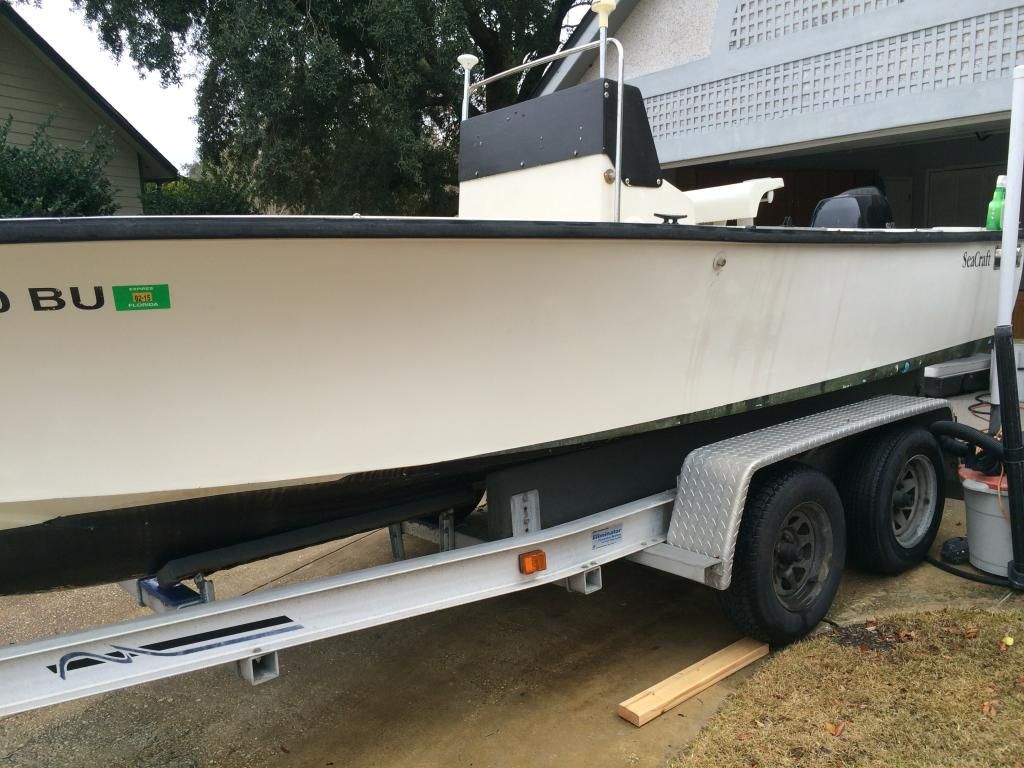 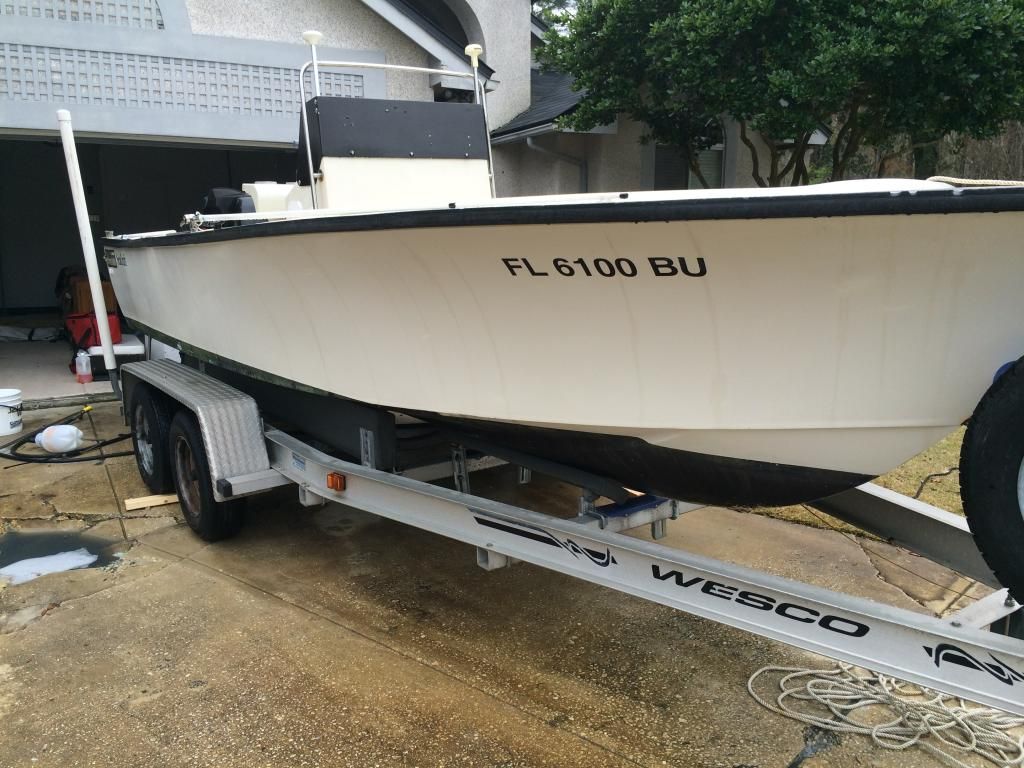 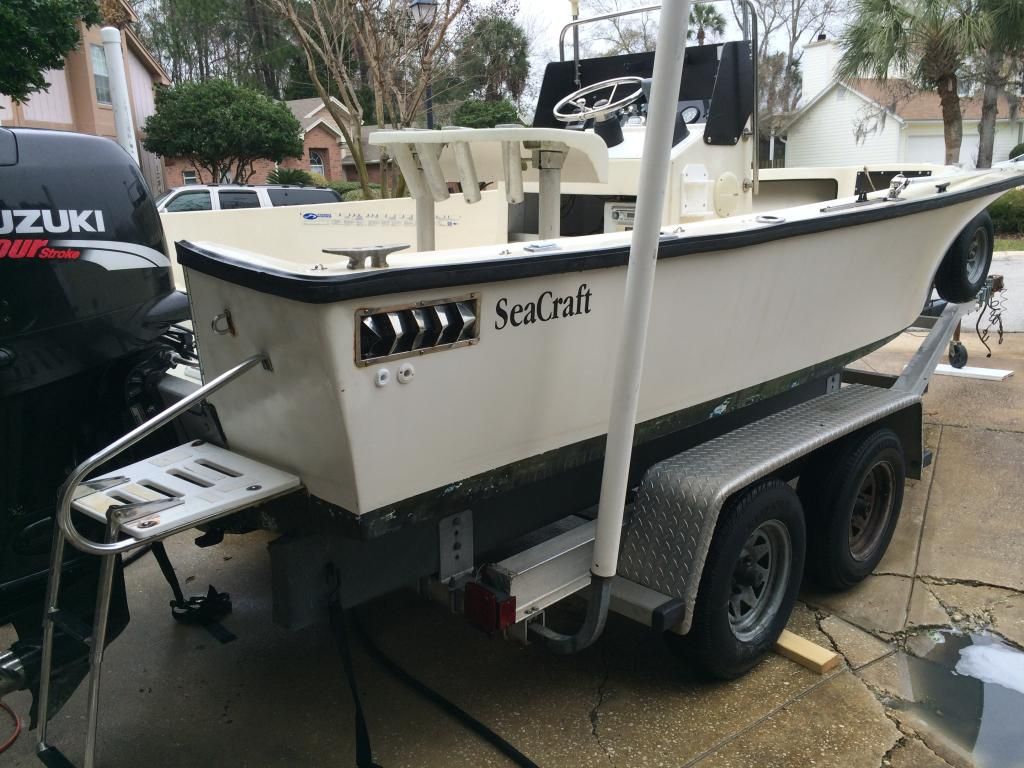
|
|
#2
|
|||
|
|||
|
Far as west systems resin, it is a great product but man it is expensive. If you want to do epoxy resin then us composites makes a great resin for way less money that will be just as good I am guessing. Far as saving money, I use Vinyl ester resin and it will be almost as good as epoxy but for about half the price. I generally use epoxy when I am doing secondary bonds -bonding two fully cured pieces together, (ie: bonding a transom core to old original glass or bonding the deck to the top of the stringers) but for most other standard lay ups I use the VE.
Quaintly wise, I try to buy a 55 gal drum, you can get one for less money than 2) 10 gallon kits sometimes but that is not feasible for most due to the shelf life of 6 months. It will last over a year mostly but the manufacture list 6 months on most resins and by time you get them they are this old usually. I have a drum mixer and mix mine every week and before each use. That prolongs the life by a lot. I would suggest buy most of your other material's like the csm (chop strand matt), 1708 cloth and usables like sand paper, mixing cups, rollers, and glassing tools ect. if you want to stock up on material's. Just start out with a 5 gallon kit or a 10 gallon kit then buy more when you get low so it dose not get old and go bad on you. Sounds like you have a good game plan, Just remember to keep as much weight forward as possible with the bracket. Balance is very important. Far as the cloth goes, I would get a roll of the csm, it will cost around a $100 for a whole roll. The 1708 will cost around $750 a roll so you may want to get 10-30 yards at the time on that due to you will not need a whole roll. Get you a good roller or three too. The core for the transom will cost you around $75 a board for marine grade douglas fir ply wood, If you go composite it will cost you twice that or more. Buy some thickened agents for the resin like cabosil, micro balloons, talc, and microspheres. They wont go bad. This explains what each are: http://www.eagerplastics.com/fillers.htm Im forgetting some things but others will chime in too maybe. Just plan on it costing twice as much and taking twice the time as expected then you may get a close figure. But when done you will have a nice classic that you done your self and that is price less!
__________________
Current SeaCraft projects: 68 27' SeaCraft Race boat 71 20' SeaCraft CC sf 73 23' SeaCraft CC sf 74 20' SeaCraft Sceptre 74 20' SeaCraft CC sf |
|
#3
|
|||
|
|||
|
Thanks flyingfrizzle. Looks like you've got quite the collection of restored boats. I was hoping to get a response like yours. I think the game plan like you mentioned is to get all the usables and cloth up front, or along the way, and buy the resin when I'm ready for it. I really appreciate your feedback, and can't wait to get started!!
One question I have is about the chopped strand mat..I haven't seen a lot of people using this, where would you recommended using it? Most I've seen are using a 12oz tape, and 1708. |
|
#4
|
|||
|
|||
|
Quote:
Another area that csm is needed is between the cores if you use say two 3/4 pieces of marine ply to make your transom core. The wood will soak up resin at a high rate and csm lay up is around 50% cloth 50% resin. Several layers of 1700 stacked may be 70% cloth and 30% resin. The high cloth to resin ratio is what makes the lay up stronger along with the long strands of cloth. But when bonding two plys together you want the extra resin so that the wood has it to absorb. I hot coat my wood with thinned resin (thin with styrene) and that helps a lot cause if you skip that step the wood might draw out to much resin out of the csm and leave bare fibers and then you will loose a lot of strength. CSM is also good for filling voids, if you have a area of old glass that is ruff and not level and true you can use the csm to level it out and fill in the voids. Again that gives you a layer to sand on so you can fair it out true. The 1708 will not fill in voids as well and leave air spots. The csm on the back of the 1708 will fill some but not all. One other use for CSM is to prevent print threw. When laying up a mold you must lay several layers of csm down first before the biax (1700 or other like woven roven) to prevent the pattern of the cloth from showing threw. The original seacraft potter built hulls have a gel coat and then several layers of csm then woven roven laid up to make the hulls. Well even with the csm barrier you can look down the side of some of the hulls and see the woven roven pattern showing threw. The csm will prevent a lot of this if done right and with out it the pattern would show threw way worse. Im sure there are lots of other areas that it is needed as well but that is a few examples. I think you should use 1700 or 1708 when possible but sometimes the csm is just better for the situation. Just remember that a standard starch csm can not be used with epoxy. YOu have to use a special csm for epoxy that will work with it. Standard csm has binders in it that the styrene will dissolve where epoxy is not styrene based like polyester or vinyl ester and cant dissolve the binders. Also the 1708 you buy for epoxy must be sowed together or stitched together (stich matt). It cant be bonded together with starch binders either. I use the stich matt but the stitching show threw the lambent bad if you sand down in to them. That's another reason why it don't make a good top layer. Use peal ply when you can to keep lay ups flat and clean. It ant cheep but makes for cleaner looking lay ups. I use a plastic film that comes from an plastic lamination process because I can get it for cheep vs the peel ply but it is worth spending the money on it if you want a smoother surface when you pull it off. Cool thing about the peel ply is you can lay down new layers on the cured glass with out sanding after peeling it off. It leaves a slight texture that the new glass will inhere to well. If you don't use it the surface needs to be ruffed up with 80 or 120 grit to give the resin some tooth to bite into. I anit no professional but this is what I found out over the years that works best for me. Be glad to help if you got any other questions.
__________________
Current SeaCraft projects: 68 27' SeaCraft Race boat 71 20' SeaCraft CC sf 73 23' SeaCraft CC sf 74 20' SeaCraft Sceptre 74 20' SeaCraft CC sf |
|
#5
|
|||
|
|||
|
That is all really good information!! Thanks for all your help!
|
|
#6
|
|||
|
|||
|
Plus 1 on what the friz sez....
|
|
#7
|
|||
|
|||
|
|
 |
| Thread Tools | Search this Thread |
| Display Modes | |
|
|